Jaime Durbán, Milestone Systems | The Lifeblood of a 2.0 Smart City
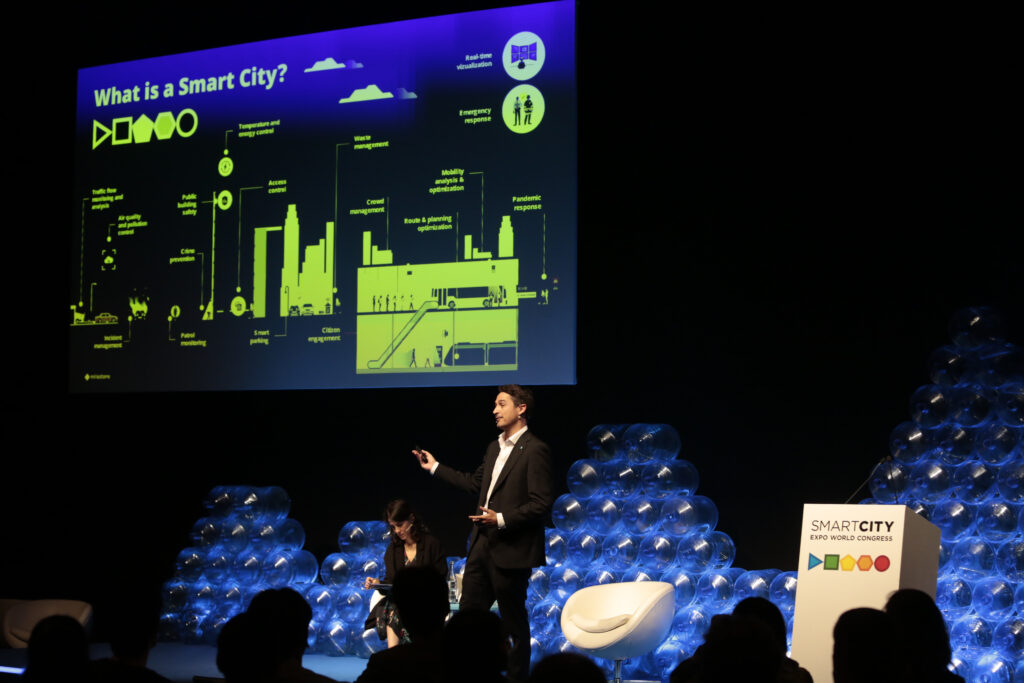
Advance public services, stronger community engagement, use of resources with minimal waste. The growing availability of data increases the benefits of becoming a smarter city tenfold. Yet, many cities are unaware of the pitfalls associated with data usage. In this session together with Milestone, we will review the different layers of data and talk about data sharing and open platforms as enablers for 2.0 Smart City initiatives to become successful.
Jung Hoon Lee, Seoul | Urban Digital Transformation through Smart City: Hype or Reality?
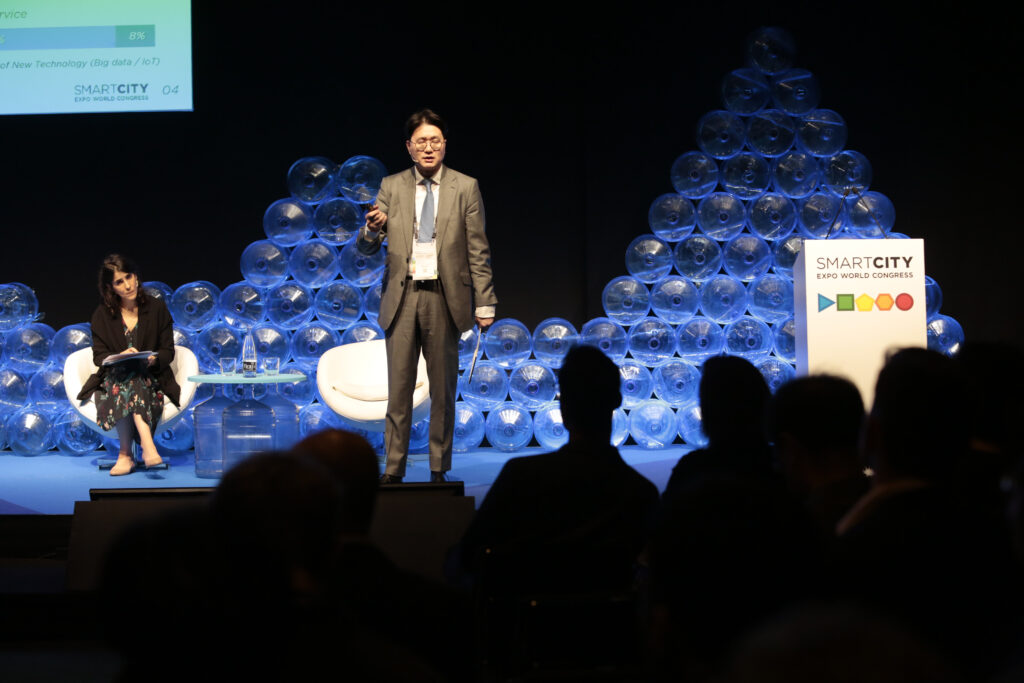
The outbreak of COVID-19 in 2020 has affected daily life around the world, especially in urban spaces where many people live together. The development of various innovative technologies of the 4th Industrial Revolution such as Artificial Intelligence has accelerated, and this change is improving the quality of life while leading the digital transformation of these urban spaces. This presentation will examine how cities are digitally transformed focused on ‘Urban Intelligence’ suggesting challenges and the future direction of smart city developments.
Cristoph Vollath, RACC | Micromobility Safety: Key to Adoption and Accessibility
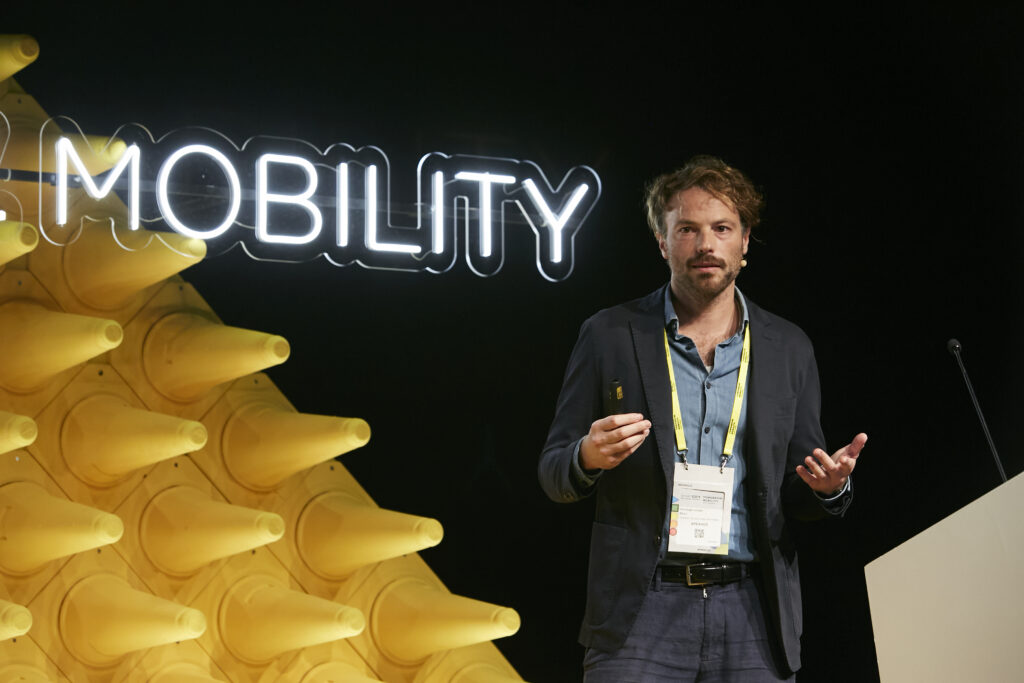
With the dynamic uptake of micromobility across European cities, public authorities and industry have been striving to find workable solutions to provide space for these modes while ensuring safety of riders and other users of public realm. This session will discuss the improvements made in this regard over the past few years, as well as the relationship between safety and increased adoption and acceptability of micromobility in cities.
AWS | Smart City Transformation Processes Made Simple
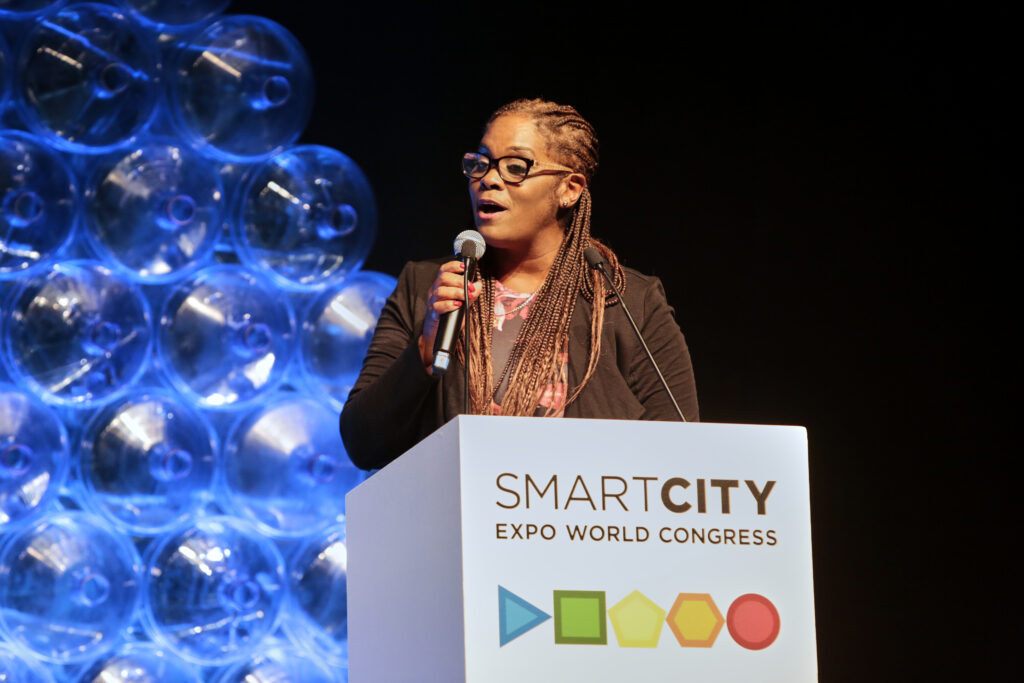
Under the pressure of unprecedented urbanization, cities are looking for technological solutions to solve the challenges of building efficient, inclusive, and sustainable cities for citizens. Working backward from our customers, AWS has developed the right set of tools, services, and partners to help cities quickly transform to address these concerns. In this session, you will learn how this smart city transformation process is made simple with AWS initiatives and resources including Rapid Adoption Assistance for advanced services, and the new globally available AWS Smart City Competency Program. Together they are helping our customers and partners innovate quickly on strategic smart city projects.
Noemi Moya, Micro-mobility for Europe | Micromobility Safety: Key to Adoption and Accessibility
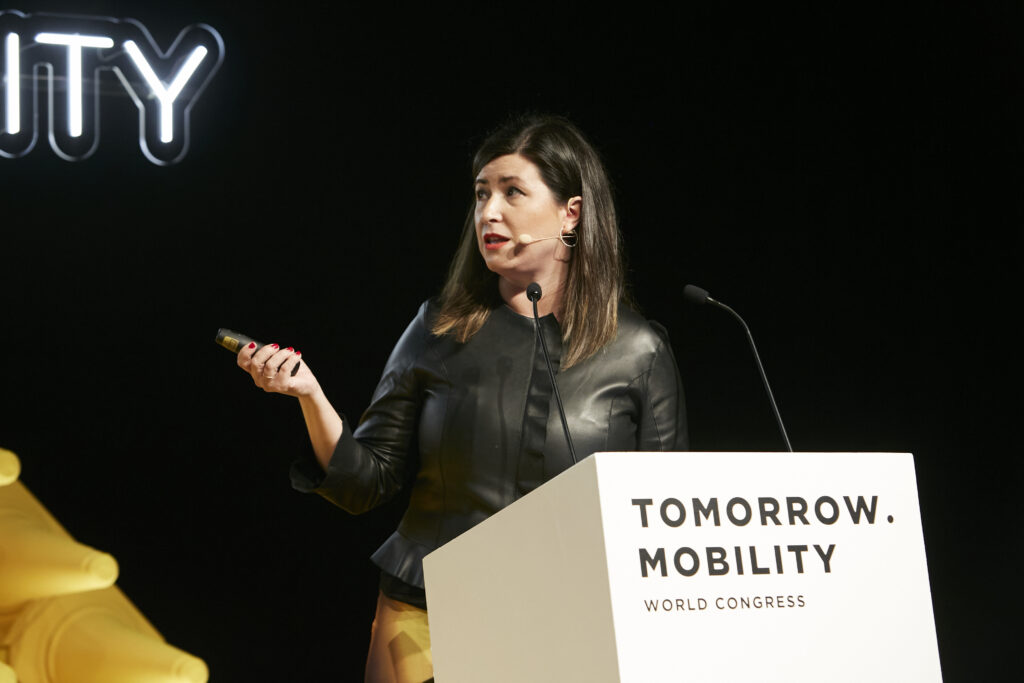
With the dynamic uptake of micromobility across European cities, public authorities and industry have been striving to find workable solutions to provide space for these modes while ensuring safety of riders and other users of public realm. This session will discuss the improvements made in this regard over the past few years, as well as the relationship between safety and increased adoption and acceptability of micromobility in cities.
Urban Innovations from Global CIOs
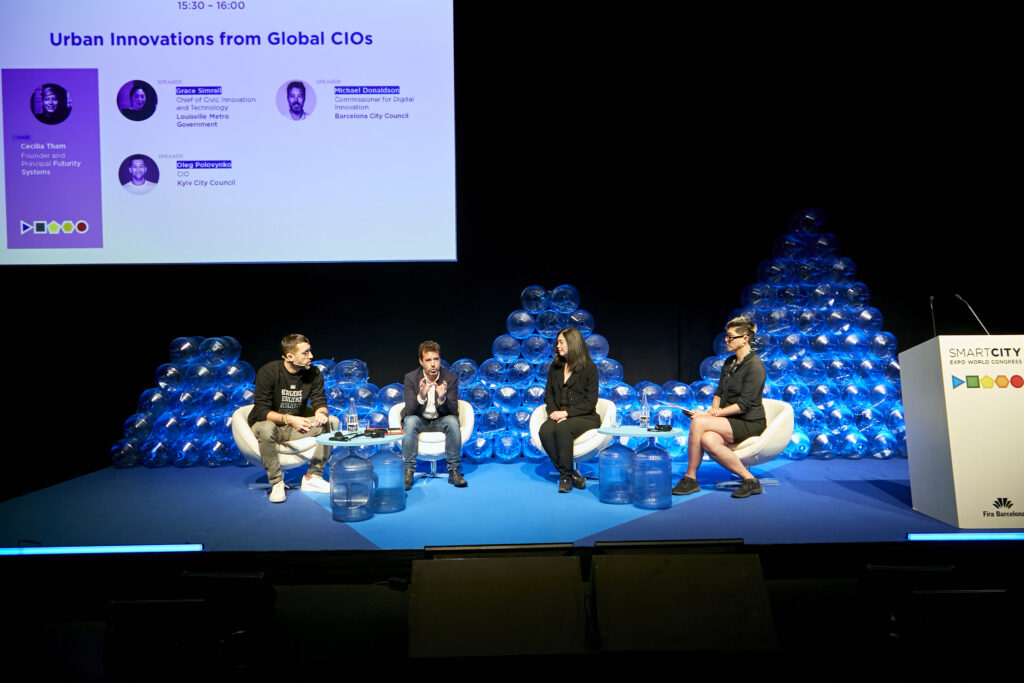
While cutting-edge technology can enhance economic growth, productivity and social inclusion, when unevenly deployed in cities it can create a digital divide, exacerbating already existing inequalities. Chief Innovation and Technology Officers have a crucial role to play to deploy digital solutions while reducing this digital gap. During this session, we will discuss the relevant role of technology in making cities more resilient and adaptive in the near future, without leaving any citizen behind.
Empowering Sustainable Cities: the Strategic Vision for the Cities of Tomorrow
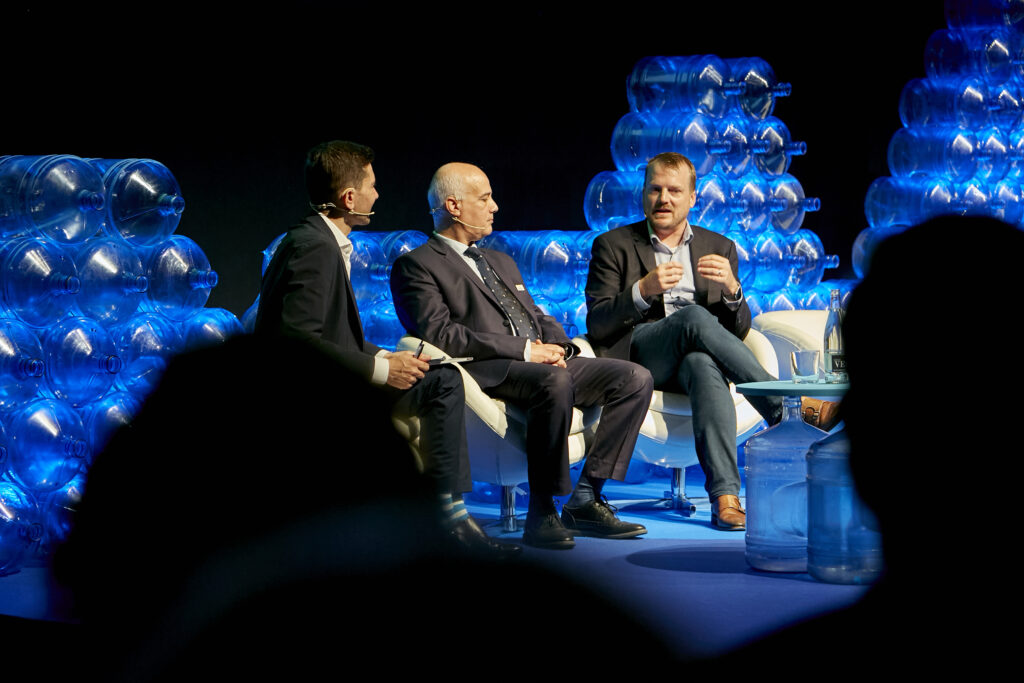
As Egypt reaches a pivotal juncture in its smart city journey, the New Administrative Capital is expected to set new standards in sustainable & smart city living. Find out how Honeywell and The Administrative Capital for Urban Development (ACUD) are working together to implement the latest technologies for enhanced safety & security, smarter buildings, more efficient energy management, traffic monitoring, and smart utility grid through innovative solutions, integrated Command and Control Center & City Operations Center.
EIT Urban Mobility, Forum Virium Helsinki | Up In The Air – Is Urban Air Mobility What Cities and Citizens Want?
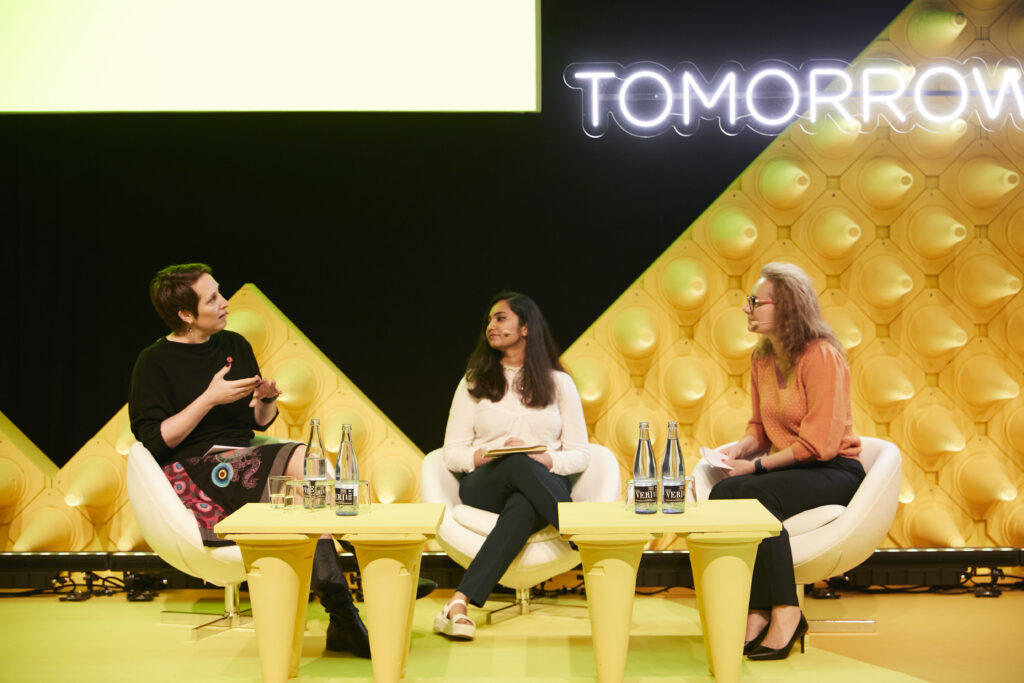
Few topics are more controversial than Urban Air Mobility (UAM) in the current mobility debate. While UAM advocates point to significant efficiency gains, questions have been raised about the contribution of the technology to more liveable cities, its safety, and maturity. In this session, our speakers will discuss the framework conditions impacting urban air mobility operations, and the use cases that directly support cities in the digitalisation and decarbonisation transition. They will reflect on cities and citizens’ expectations toward UAM.
Francesca Bria | The New European Bauhaus: Art, Science and Technology for the Green Deal
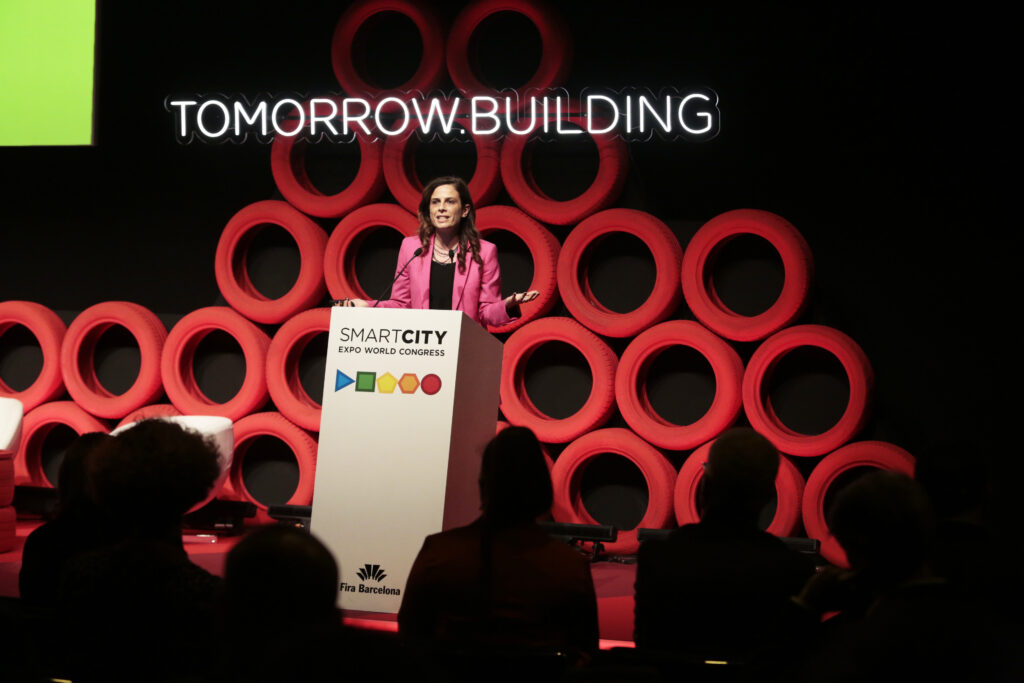
Denise Soesilo, Outsight International | Up In The Air – Is Urban Air Mobility What Cities and Citizens Want?
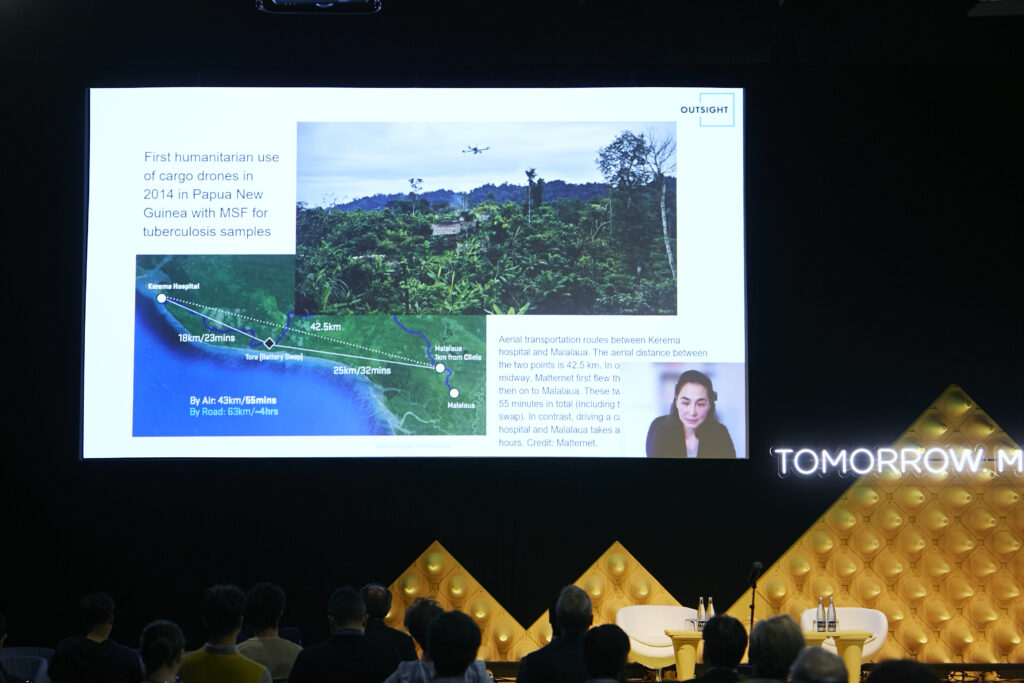
Few topics are more controversial than Urban Air Mobility (UAM) in the current mobility debate. While UAM advocates point to significant efficiency gains, questions have been raised about the contribution of the technology to more liveable cities, its safety, and maturity. In this session, our speakers will discuss the framework conditions impacting urban air mobility operations, and the use cases that directly support cities in the digitalisation and decarbonisation transition. They will reflect on cities and citizens’ expectations toward UAM.